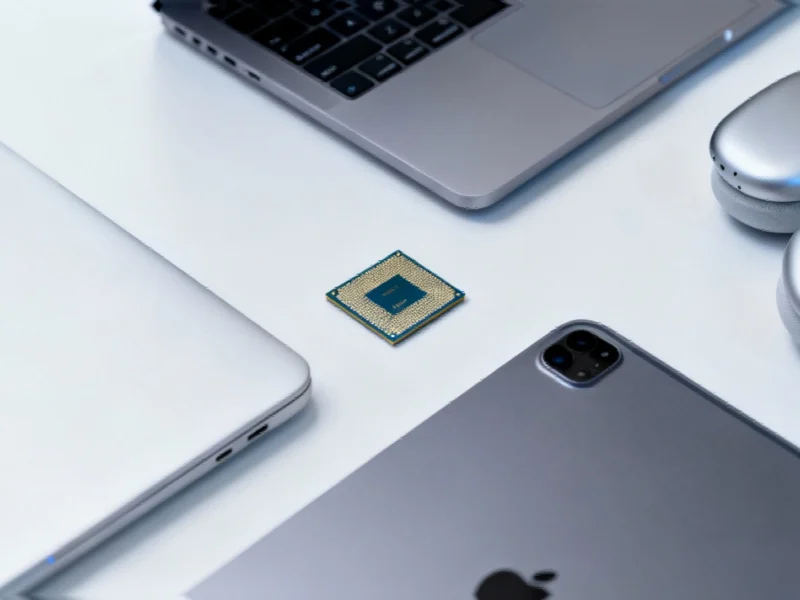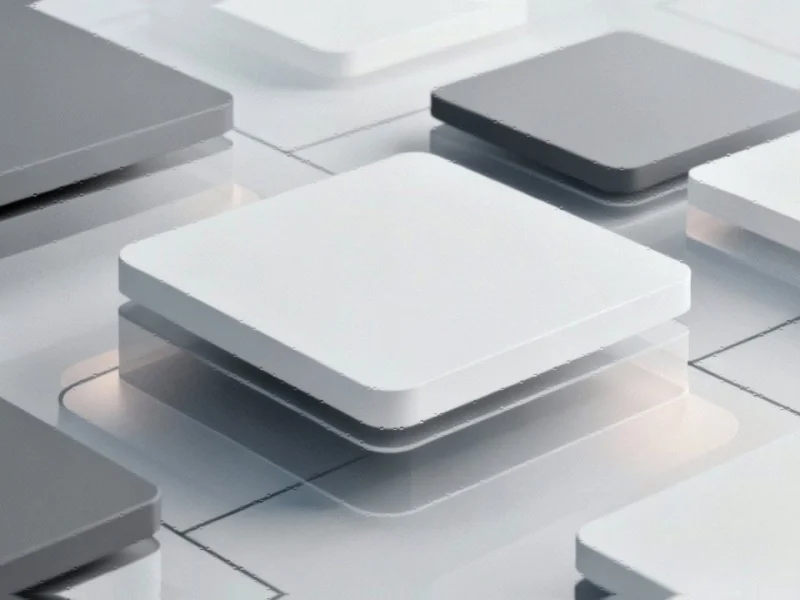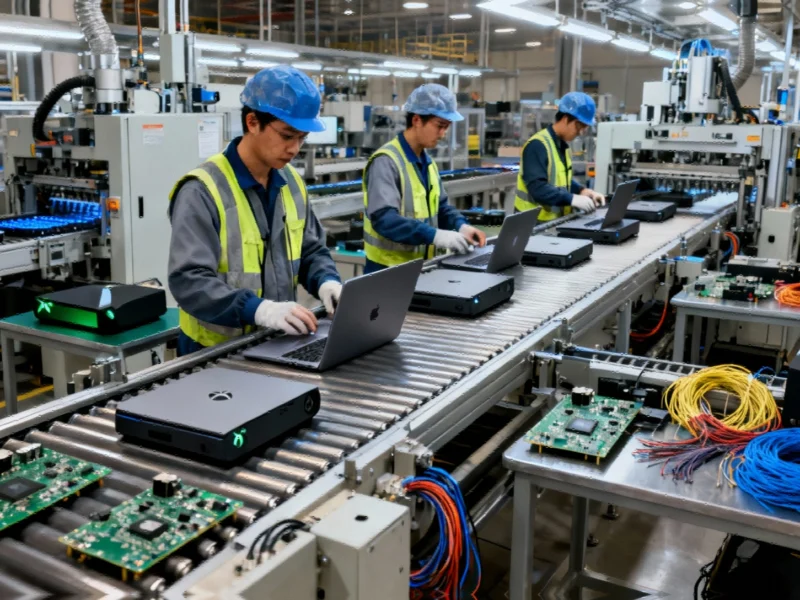Apple M5 Chip Arrives in New MacBook Pro, iPad Pro, and Vision Pro
Apple has officially launched its next-generation M5 processor, powering the latest MacBook Pro 14-inch, iPad Pro, and Vision Pro, all available for pre-order ahead of their October 22 sales date. This rollout marks a significant step in Apple’s silicon evolution, bringing enhanced performance and specialized capabilities across its premium device lineup. For an in-depth look at the debut, Industrial Touch News covers the Apple M5 chip’s introduction comprehensively.
While the M5 represents the latest in Apple’s chip lineup, it doesn’t universally outshine its predecessors like the M4 Pro for all users. Apple clarifies that the M4 Pro and M4 Max feature higher core counts in both CPU and GPU, along with greater memory bandwidth, making them better suited for extremely demanding professional workloads. This differentiation underscores Apple’s strategy to tailor chips to specific use cases, ensuring that each model excels in its intended applications.
Performance and AI Enhancements
The M5 chip delivers a notable speed boost over the M4, with Apple claiming the new iPad Pro is up to 3.5 times faster in AI tasks, such as generative imagery and token generation for large language models (LLMs). This is driven by a 10-core GPU with Neural Accelerators and a faster 16-core Neural Engine, positioning the M5 as a powerhouse for AI-driven applications. This focus on AI aligns with broader industry trends, as seen in initiatives like College Possible’s 25-year milestone with AI coaching, highlighting the growing integration of artificial intelligence in technology.
Connectivity and Modem Upgrades
A standout feature in the new iPad Pro is the inclusion of Apple’s custom C1X modem, which debuted last month in the iPhone Air. It promises 50% faster cellular data and 30% lower power consumption compared to previous models. Additionally, the iPad Pro introduces Wi-Fi 7 support, an upgrade not yet available in the new MacBook Pro. These advancements reflect the critical role of connectivity in modern devices, a topic further explored in resources like Howard Schultz’s insights on staying connected.
Packaging Changes in EU and UK Markets
Apple has removed charging adapters from the MacBook Pro boxes in the EU and UK, a move aimed at anticipating future regulatory changes. Although not legally required yet, this decision streamlines compliance and reduces costs, with UK regulations often aligning with EU standards post-Brexit. Buyers in these regions will still receive a two-meter USB-C to MagSafe cable, while US customers continue to get both the cable and plug. This shift underscores how global policies influence product packaging, similar to discussions on Canada’s anti-tariff campaigns affecting trade practices.
Storage and Memory Improvements
The iPad Pro now offers upgraded unified memory, with 12GB RAM for 256GB and 312GB storage models (up from 8GB) and 16GB for 1TB and 2TB variants. Coupled with new storage technology for faster read/write speeds, these enhancements ensure smoother performance for resource-intensive tasks. Contrary to rumors, the device retains a single front-facing camera on the landscape edge, maintaining simplicity without compromising functionality.
Industry Context and Economic Impact
The launch of the M5 chip arrives amid a booming semiconductor industry, where companies like TSMC report record profits driven by AI demand. For instance, TSMC’s $15 billion quarterly profit highlights the AI boom’s impact, while TSMC’s nearly 40% net surge underscores the financial momentum behind advanced chip manufacturing. This growth is paralleled by corporate strategies like Meta’s $167 billion shareholder gift, illustrating how tech giants are leveraging innovation to drive value.
Overall, the Apple M5 chip sets a new benchmark for performance and efficiency, reinforcing Apple’s commitment to integrating cutting-edge technology across its ecosystem. With pre-orders now open, consumers and professionals can expect devices that excel in AI, connectivity, and multitasking, shaping the future of personal and professional computing.
Based on reporting by {‘uri’: ‘forbes.com’, ‘dataType’: ‘news’, ‘title’: ‘Forbes’, ‘description’: ‘Forbes is a global media company, focusing on business, investing, technology, entrepreneurship, leadership, and lifestyle.’, ‘location’: {‘type’: ‘place’, ‘geoNamesId’: ‘5099836’, ‘label’: {‘eng’: ‘Jersey City, New Jersey’}, ‘population’: 247597, ‘lat’: 40.72816, ‘long’: -74.07764, ‘country’: {‘type’: ‘country’, ‘geoNamesId’: ‘6252001’, ‘label’: {‘eng’: ‘United States’}, ‘population’: 310232863, ‘lat’: 39.76, ‘long’: -98.5, ‘area’: 9629091, ‘continent’: ‘Noth America’}}, ‘locationValidated’: False, ‘ranking’: {‘importanceRank’: 13995, ‘alexaGlobalRank’: 242, ‘alexaCountryRank’: 114}}. This article aggregates information from publicly available sources. All trademarks and copyrights belong to their respective owners.



